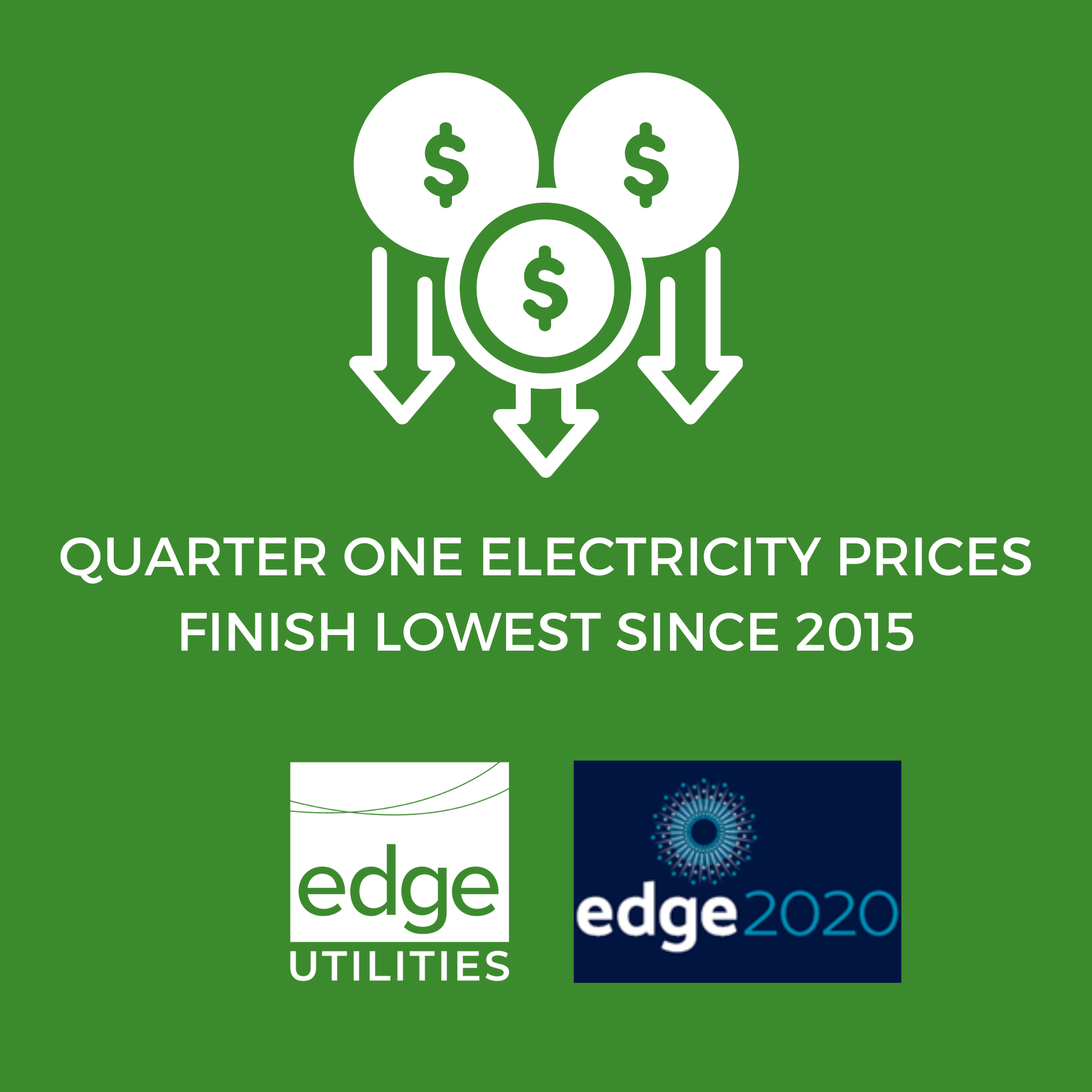
- 21% in QLD
- 56% in NSW
- 68% in VIC and
- 37% in SA
In comparison to the five-year Q1 average from 2016 to 2020, Q121 prices for the regions were down:
- 54% in QLD
- 55% in NSW
- 73% in VIC and
- 61% in SA
This compared to operational demand declines of:
- 3% in QLD
- 9% in NSW
- 7% in VIC and
- 14% in SA
The real story lies in the quantity of utility scale solar and wind entering the regions on any given day. Australia’s energy transition is well underway, with large quantities of utility scale solar and wind generation supplying high percentages of our regional demand in any given day.
On Friday, 26th March we saw approximately 1,700MW of utility scale solar and wind generation supplying Queensland. That’s nearly 30% of the Q121 average during daylight hours.
Whilst there is no shortage of renewable developers and investment funding to shift our transition into yet another gear, there remains some major obstacles, and the reality is prices like that seen in Q121 are part of the problem.
On a macro level grid capacity and energy policy, uncertainty remain speed bumps to an even faster shift to renewable energy resources. Closer to the deal tables however, securing revenue certainty at bankable levels is becoming increasingly impossible.
Developers are relying on large Commercial and Industrial (C&I) consumers to pay the price to meet sustainability objectives. The pool of potential C&I off-takers is drying up fast.
Q121 brought with it the early retirement announcement by Energy Australia (EA) for Yallourn Power Station. With prices like that seen in Q121, this is just the start. Many generators will be coming off higher forward contract prices and shifting into periods of much lower forward contract prices and / or low spot prices.
Revenue at these levels is not sustainable. However, there is no denying that traditional energy generators will need to delay the inevitable for as long as possible. Whilst the renewable projects remain in hiatus, relying mostly on sustainability driven C&I off-takers, the market will struggle to shift to the next gear in our energy transition.
As soon as coal (in particular) starts to break, and plants start to mothball and / or retire earlier than otherwise expected, increasing spot prices will yet again become the oxygen that breathes life back into the utility scale development pipeline.
